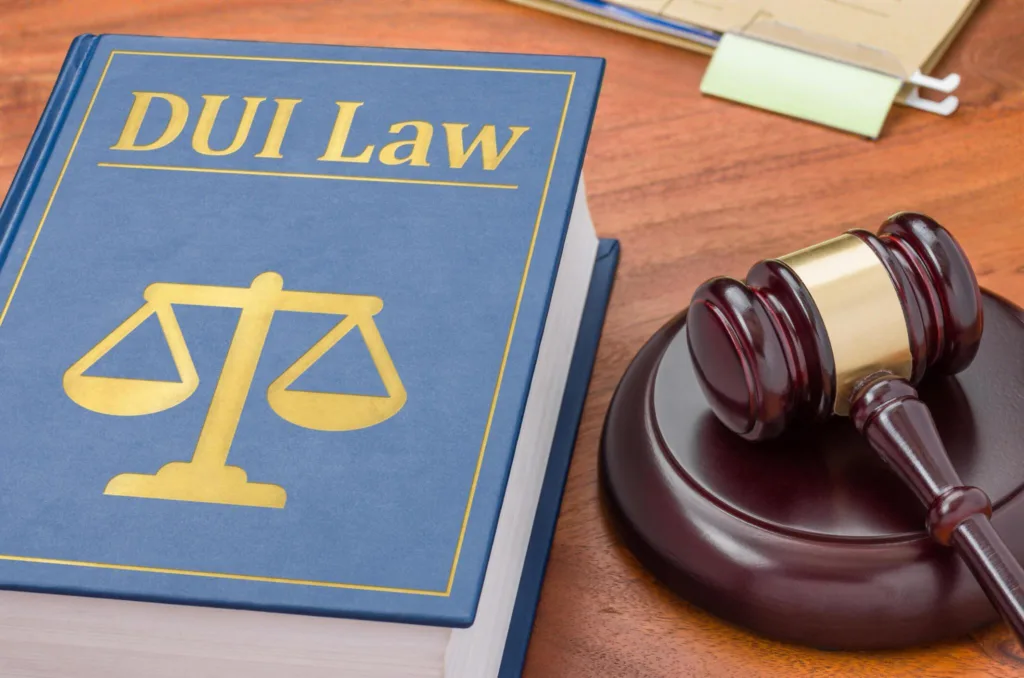Driving under the influence (DUI) in Arizona is not just a legal issue; it’s a deeply entrenched societal challenge that tests the boundaries of law enforcement and public health. In Arizona, known for its particularly stringent DUI laws, this issue takes on a unique character, shaped by both the rigidity of legal structures and the complexities of human behavior.
This comprehensive exploration delves into the multifaceted world of Arizona’s DUI regulations, unraveling the intricate relationship between these laws and the broader context of substance abuse.
Understanding Arizona DUI Laws
Arizona’s reputation for strict DUI enforcement is no accident. The state’s zero-tolerance policy towards driving under the influence demands a keen understanding of its legal nuances. Here, DUI offenses are meticulously categorized based on Blood Alcohol Concentration (BAC) levels, with each category carrying distinct penalties and implications.
- Standard DUI Arizona: This level applies when a driver’s BAC is at or above 0.08% but below 0.15%. Even at this seemingly low level, the consequences are substantial, reflecting Arizona’s unwavering commitment to road safety.
- Extreme DUI in AZ: A BAC between 0.15% and 0.19% elevates the charge to extreme DUI. The term itself – ‘extreme’ – highlights the serious risk and potential harm at these higher intoxication levels.
- Arizona Super Extreme DUI: Reserved for cases where the BAC is 0.20% or higher, this category represents a profound level of impairment, met with correspondingly severe penalties.
In Arizona, a BAC of 1.4 is alarmingly high, far surpassing the threshold for even an extreme DUI. Such a level indicates a dangerous disregard for personal and public safety, and the law responds with appropriate severity.
The uniformity of DUI laws across Arizona, including in major cities like Phoenix (DUI Phoenix AZ) and Tucson (Tucson DUI law), ensures consistent enforcement and penalties throughout the state. This Consistency is a cornerstone of the Arizona DUI system.
Trends in Substance Abuse and DUI in Arizona
The landscape of substance abuse, especially in relation to DUI, has evolved in Arizona, particularly after the legalization of medical marijuana.
Research indicates a noticeable increase in marijuana and alcohol use among drivers, posing new challenges for DUI law enforcement.
With medical marijuana’s introduction, traditional DUI enforcement methods have become more complex. Legal marijuana use complicates the definition of impairment, particularly for DUI charges involving marijuana.
Unlike the clear-cut legal limit for alcohol impairment (a BAC of 0.08%), determining impairment from marijuana is less straightforward, lacking a universally accepted metric like the BAC for alcohol.
Furthermore, ‘extreme drunk driving’ in Arizona now extends beyond alcohol to include marijuana and other substances.
This broadening spectrum of DUI types has profound implications for law enforcement and the legal system, especially concerning repeat offenses.
Effectiveness of DUI Laws in Arizona: A Closer Look
Arizona stands as a testament to stringent DUI law enforcement. The gradation in DUI offenses, from standard to extreme and super extreme, has played a pivotal role in deterring drivers from excessive alcohol consumption before driving.
- Types of DUI in Arizona and Their Impact: The categorization of DUI offenses based on BAC levels is instrumental in deterring excessive drinking before driving. The distinction between extreme and super extreme DUI is particularly effective in emphasizing the severity of high BAC levels.
- The Legal Threshold: A BAC of 0.08% is the illegal limit in Arizona. However, the state’s approach to higher levels, like a BAC of 1.4, underlines the seriousness with which it views such offenses.
Challenges of Enforcing DUI Laws with Substance Legalization
The effectiveness of Arizona’s alcohol-driving laws faces new challenges with the legalization of marijuana.
Differentiating between alcohol and marijuana impairment requires a nuanced approach. This complexity necessitates continual adaptation of legal frameworks to keep pace with evolving substance use patterns.
Policy Implications and Recommendations
Arizona’s DUI laws, including specific legislation in Tucson and Phoenix, could serve as a blueprint for other states.
Nonetheless, these laws require ongoing evaluation and adaptation, particularly considering changing attitudes towards substances like marijuana.
Complementary strategies, such as education campaigns and rehabilitation programs, are vital alongside legal measures.
Conclusion
Arizona’s approach to DUI laws sets a formidable standard in severity and enforcement. However, the state continues to grapple with the nuances of substance-induced impairment.
Maintaining the effectiveness of these laws hinges on continuous evaluation, robust enforcement, and public education.
Adapting to the changing landscape of substance use remains crucial for Arizona to sustain its leadership in DUI prevention and enforcement.
Sort by Category
Related Posts

Understanding Arizona’s Car Seat Rules
Understanding Arizona's Car Seat Rules is crucial for every parent and caregiver. These regulations are designed to ensure the safety of young passengers, which can significantly reduce the risk of injury in case of an accident. This article aims to provide a...

Does the Government Tax Money from Lawsuit Settlements?
Does the Government Tax Money from Lawsuit Settlements? Lawsuit settlements can be a source of financial relief, but it's important to understand the tax implications so you're not caught off guard during tax season. Government taxation of lawsuit settlement funds is...

Can I sue if I get whiplash from a car accident?
A whiplash injury is a neck injury caused by the sudden back-and-forth motion of the head, commonly seen in car accidents. This type of injury can lead to significant pain and discomfort, often making it difficult for victims to go about their daily activities. If you...

When the At-Fault Driver Has No Car Insurance: Your Options for Compensation
Being involved in a car accident can be a stressful experience, especially when the at-fault driver lacks car insurance. This scenario raises concerns about securing compensation for damages and injuries. Key takeaway: In this article, we will discuss the options...

Did You Know This About Workplace Harassment Laws?
Workplace harassment is unwelcome behavior significantly disrupting an employee's work environment or personal well-being. When this behavior is based on protected characteristics like race, gender, or religion, it not only affects the individuals targeted but also...

Did Your Dentist Make a Mistake? How to Know When to Call a Dental Malpractice Lawyer
Dental malpractice is a sad reality that can have serious consequences for patients. It includes things like surgeries gone wrong, incorrect diagnoses, faulty dental devices, and mistakes in giving anesthesia. As a patient, you trust your dentist to give you safe and...



